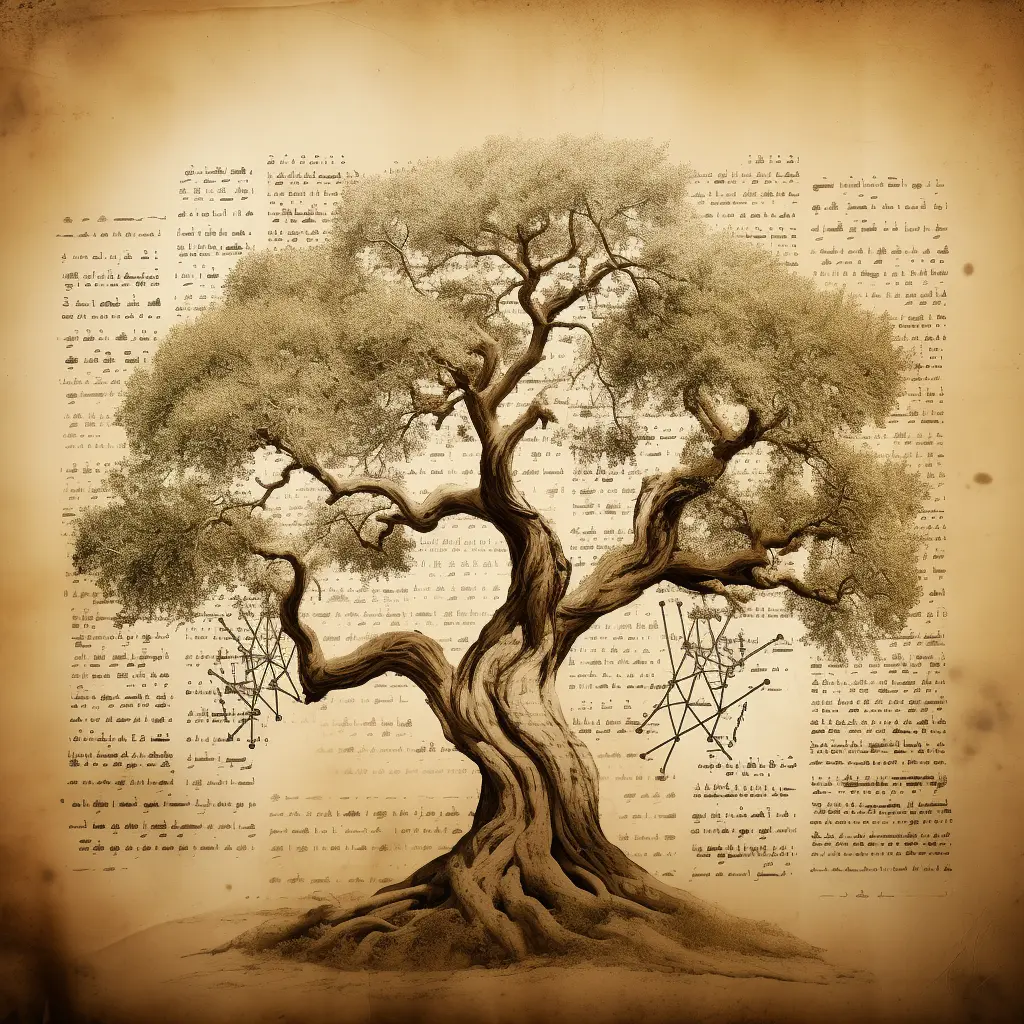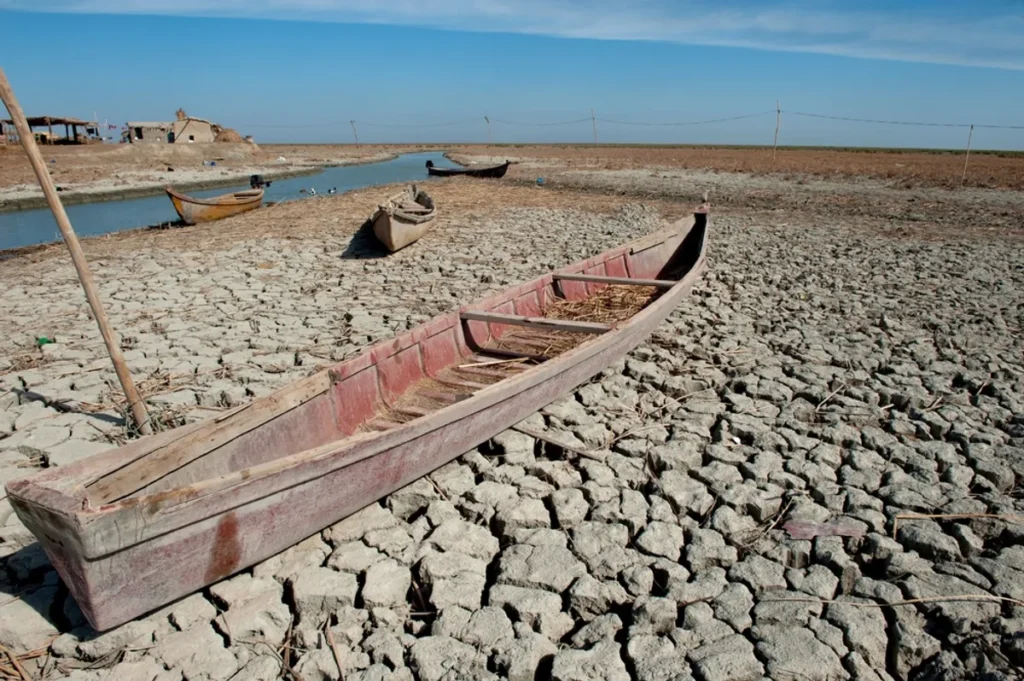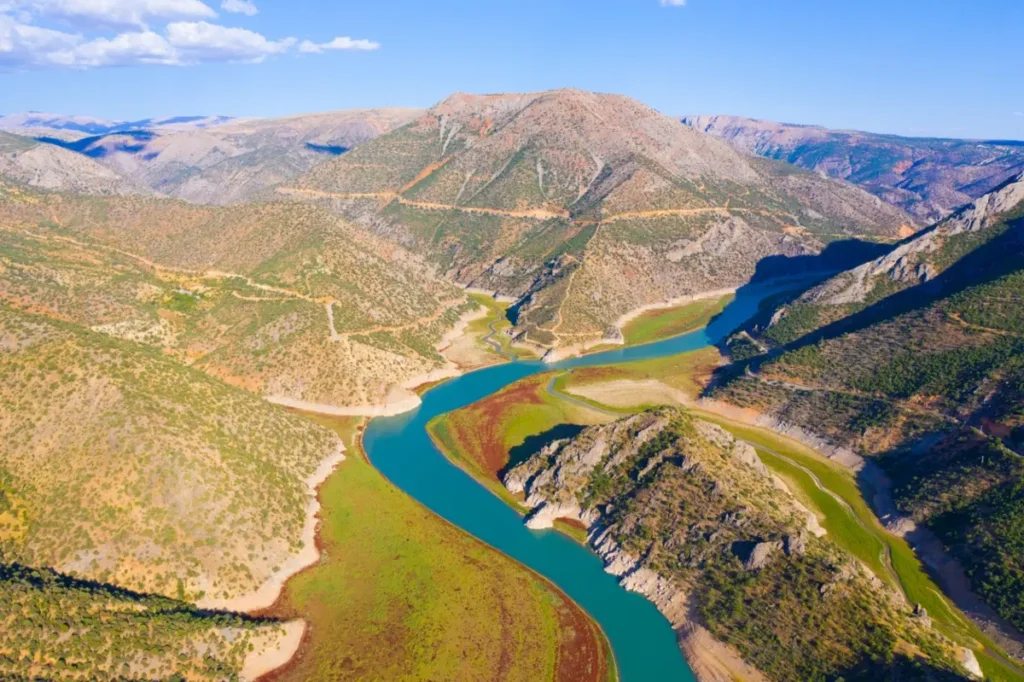
The ongoing Israel-Palestine conflict is often viewed as one of the most intricate geopolitical disputes of the modern era. This deep-rooted struggle traces back thousands of years, with both nations possessing rich histories that frequently collide. This article aims to shed light on the intricate history of the conflict, emphasizing the key turning points and the developments leading up to the present day.
Early Origins
The narrative begins around the 17th century BC, with the settling of the Jewish patriarchs Abraham, Isaac, and Jacob in the region known as Kanaan. This region, covering present-day Israel, the Gaza Strip, the West Bank, and parts of surrounding countries, would go on to be known by many names, including the Land of Israel, the Promised Land, the Palestine region, and the Holy Land. By 1000 BC, the Israelite monarchy was established, with Jerusalem becoming its capital under King David.
However, over the ensuing centuries, the Jewish majority in this land faced numerous invasions and occupations, notably by the Roman Empire, which renamed the region Palestine in an attempt to erase its Jewish identity. Christianity emerged during this period, followed by the Arab conquest in the 7th century, introducing Islam and adding layers of religious and cultural complexity.
From Crusades to Zionism
The Middle Ages saw Christian crusades launched to reclaim Jerusalem, causing significant Jewish casualties. The Ottoman Empire then ruled the region from the 16th century up to World War I. Concurrently, in Europe, the Zionist movement gained momentum. This Jewish nationalist movement sought to re-establish a Jewish homeland in their ancestral territory.
British Mandate and The Rise of Tensions
Post World War I, the fallen Ottoman Empire’s territories were divided by British and French empires. The British established the Mandate for Palestine and promised the establishment of a Jewish national homeland through the Balfour Declaration in 1923. This sparked tensions and violence between Jews and Arabs due to increasing Jewish migration.
Israel’s Birth and Wars Ensue
In the aftermath of World War II and the Holocaust, the UN proposed partitioning Palestine into separate Jewish and Arab states. Jerusalem was intended to be international. However, following Arab rejection of the proposal, Israel declared independence in 1948, leading to the Arab-Israeli War. Israel’s victory resulted in the displacement of over 750,000 Palestinians, an event they refer to as Al-Nakba (“The Catastrophe”).
The Six-Day War in 1967 was another pivotal moment. Israel’s victory expanded its territories, capturing the Golan Heights, West Bank, East Jerusalem, Gaza, and Sinai Peninsula. This further displaced Palestinians, causing deeper hostilities.
Oslo Accords and Intifadas
The late 20th century saw multiple efforts at peace, notably the Oslo Accords. These agreements sought a two-state solution, dividing the West Bank into areas with differing levels of Palestinian and Israeli control. However, peace remained elusive, leading to two major Palestinian uprisings or “Intifadas” against Israeli rule, further deepening the mistrust.
The Role of Hamas and Recent Conflicts
The Islamist militant group, Hamas, aiming to annihilate the state of Israel, gained power in Gaza. Several wars erupted between Israel and Hamas, further complicating the landscape. Moreover, the US embassy’s relocation to Jerusalem in 2018 and subsequent skirmishes in 2021 intensified the dispute.
Conclusion
The Israel-Palestine conflict remains one of the world’s most volatile situations, stemming from a mosaic of historical, religious, and political factors. While there have been moments of hope, the road to lasting peace seems complex, with the potential for further conflicts ever-looming. Understanding this history is crucial for any productive dialogue on a potential resolution.
Source: History on Maps



